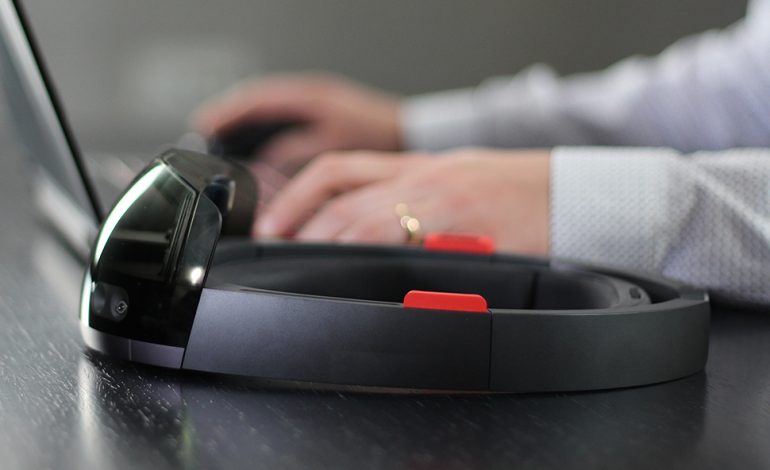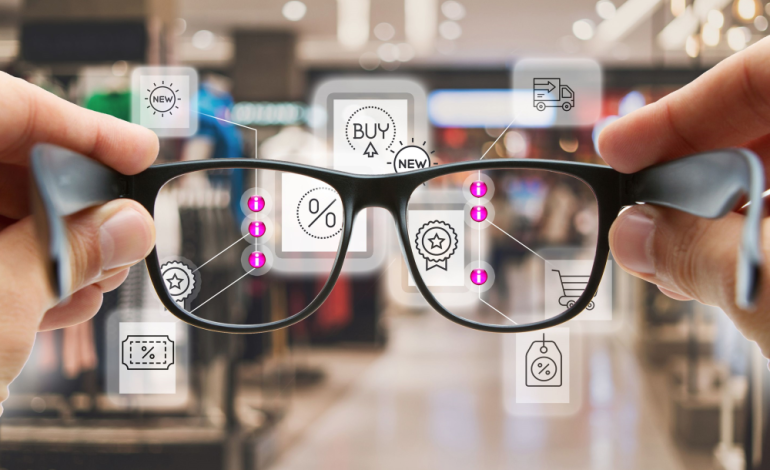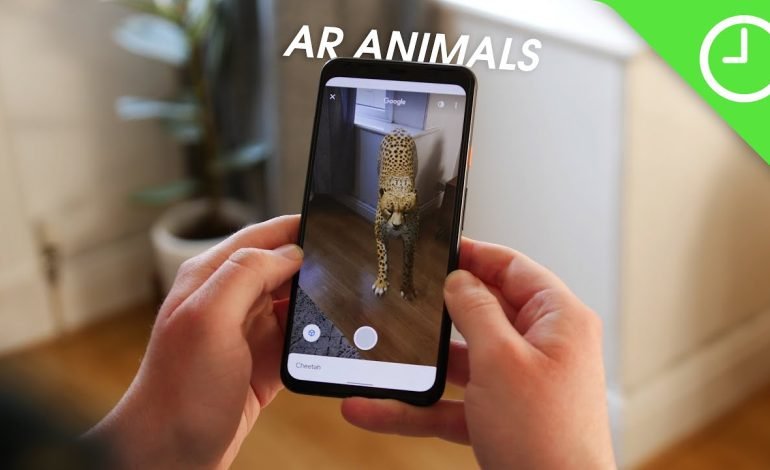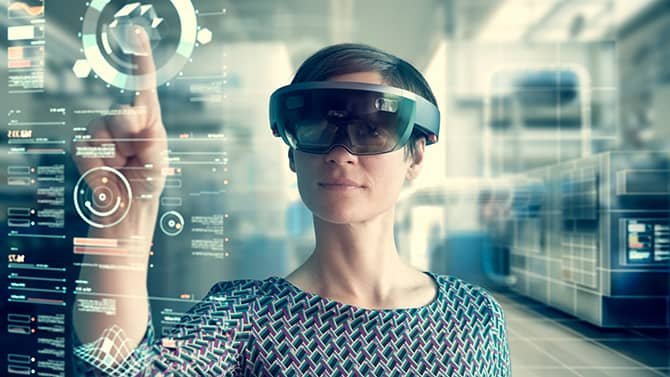Augmented Reality & Wearable Technology 2020

Augmented reality, AR for short, is a mostly visual extension of reality. With the help of a computer-aided system, all five human sensory modalities can be expanded. In most cases, AR is used for visual expansion. Here, additional digital information such. B. Videos, images, texts, etc. over an existing image in reality, such as the image of a digital camera. This additional data enables the user to optimize both specific and everyday processes in a time-saving manner. The real-time sensory expansion enables the user to interact and accomplish several processes at once. Relevant digital data can thus be accessed and used by AR systems in real life. Augmented Reality is one of the scientific fields of the 21st century. Many large companies such as the search giant Google or Apple take on the development of AR systems (ARS) and bring the pretended reality into the everyday life of everyone.
Augmented Reality is used in many areas today. For example in SLR cameras, which place the most important data such as lighting conditions on the current image for the photographer while he is positioning his camera through the lens. AR is also often used on television. In football games, additional information about shooting range, offside positions, etc. is made clear to the viewer by means of visual extensions. Another example of the expansion of reality can be found in almost every taxi – the tachometer, which shows the current fare in the mirror, is also an everyday example of augmented reality.
AR & Wearable Technology Worthy?

More and more app manufacturers are turning to AR applications to make their products even more flexible and simple. As a result, users can obtain and utilize additional information with little effort. The integration of augmented reality can significantly increase the usability of the individual devices, especially for products that do not leave much space for different control elements such as buttons, etc. Wearables such as smartwatches or Google Glasses are increasingly using augmented reality to simplify the interaction between humans and devices. For example, the “CamDictionary” smartwatch app can automatically recognize text in the Gear 2 camera image and translate it directly for the user. This has the advantage that the user does not have to pull his smartphone out of his pocket as usual to find a suitable translation. Instead, the user can get the appropriate translation on the screen of his smartwatch directly on the display of his smartwatch, without further clicking. Further information and areas of application on the subject Smartwatches & wearables can be found on Inaugment exclusive.
Whether Google Glasses or Smartwatches, augmented reality will play a very important role in the further development of wearables. Compared to a smartphone, users of smartwatches rely on significantly fewer buttons due to the smaller display. However, this disadvantage can be eliminated by integrating AR technology and significantly simplifying the operation and evaluation of data.
Scientists often define augmented reality as follows:
“Interactivity in real time”
“Virtual reality and reality are combined”
Beginnings of the Augmented Reality

Ivan Sutherland made the first attempts to display visual information to people in 1968. Sutherland developed data glasses that were connected to a cabinet-sized computer. The glasses made it possible to put simple patterns in digital form in front of the wearer’s eyes. In the early 1990s, Tom Caudell and David Mizell developed one of the first augmented reality applications for Boeing. These were glasses that displayed important information to the technicians.





